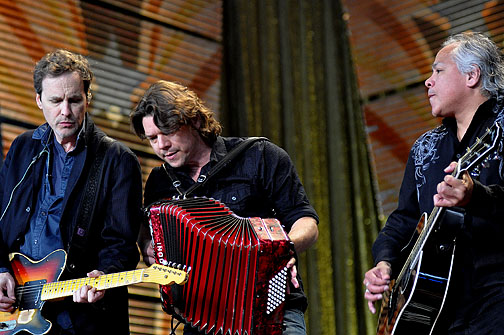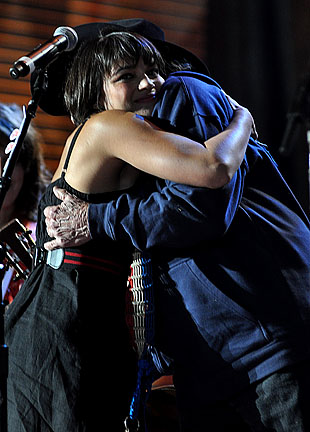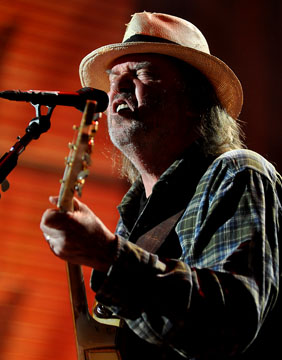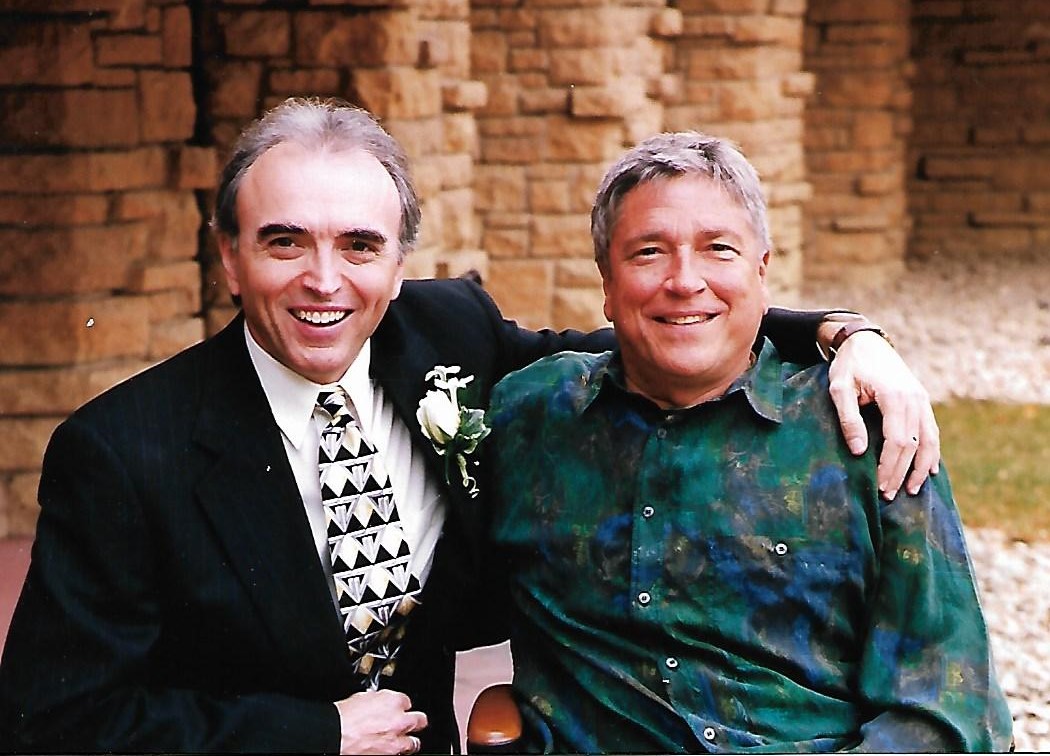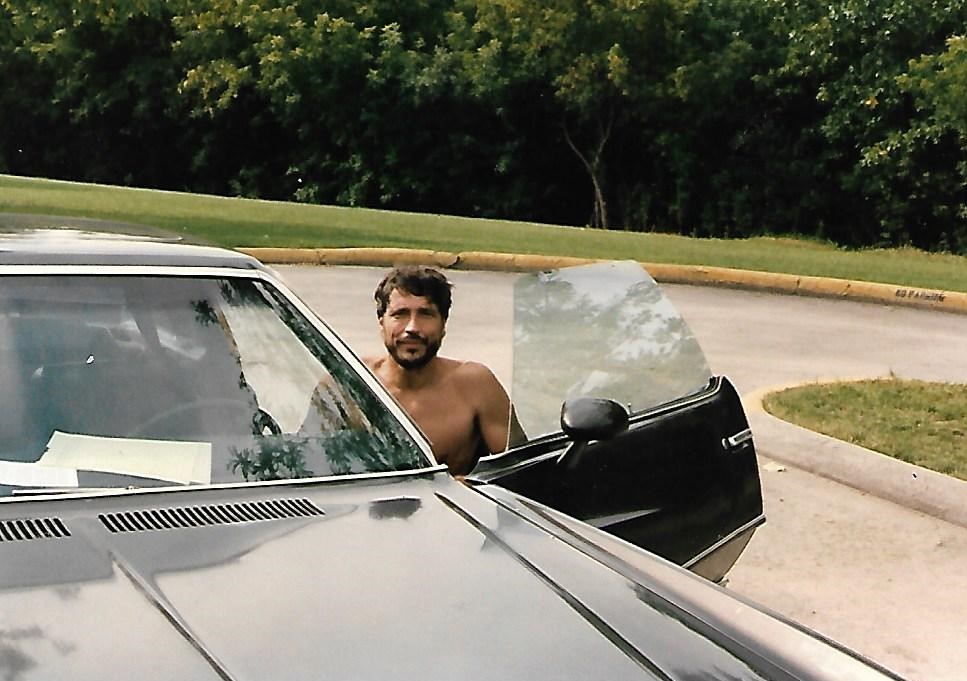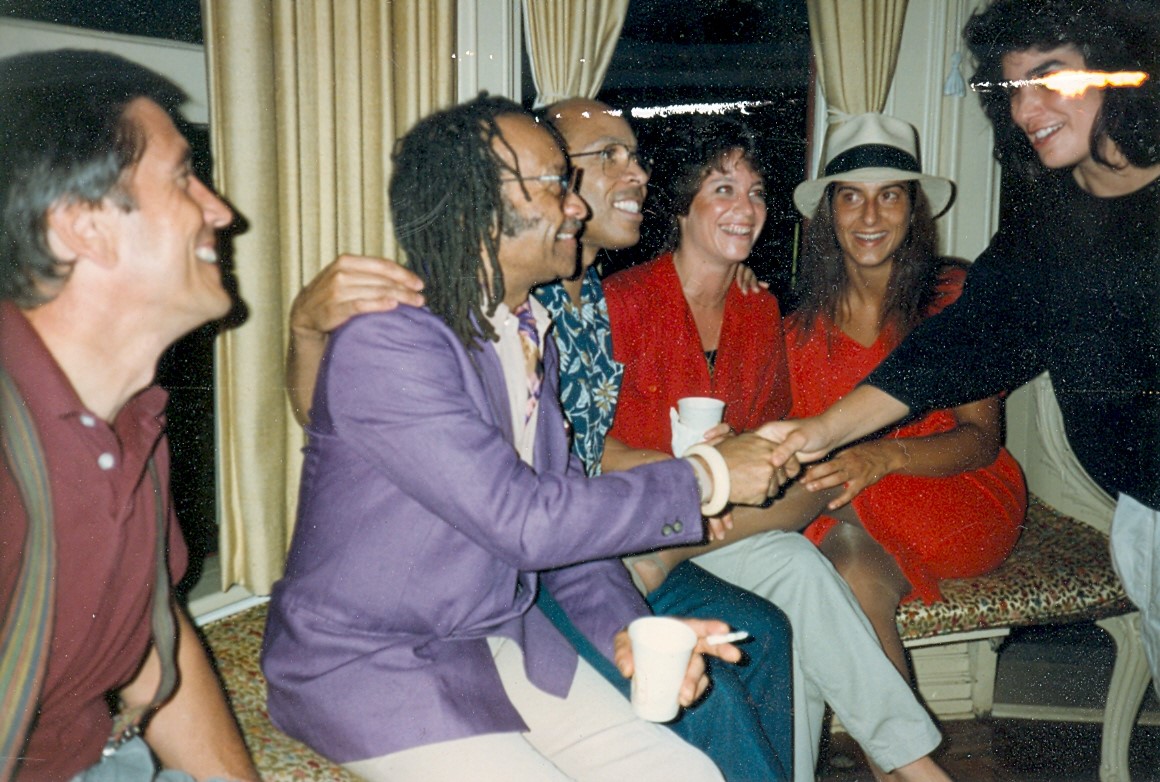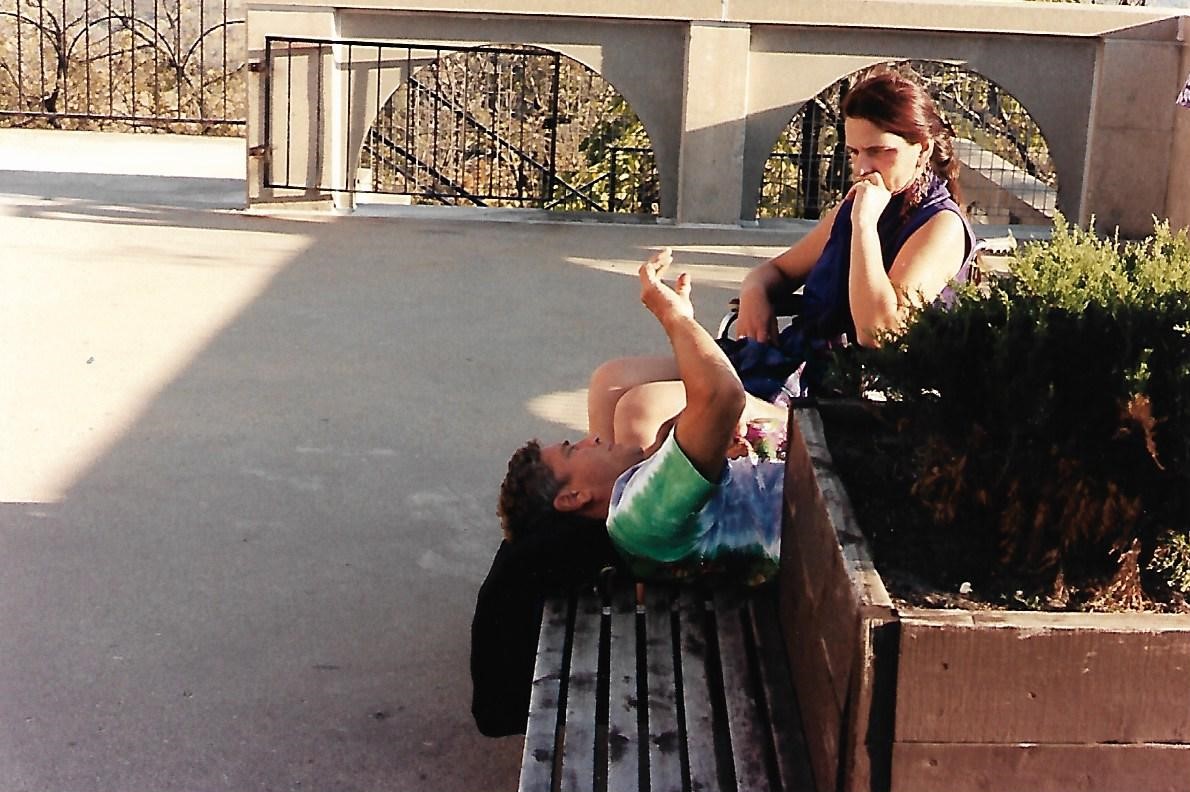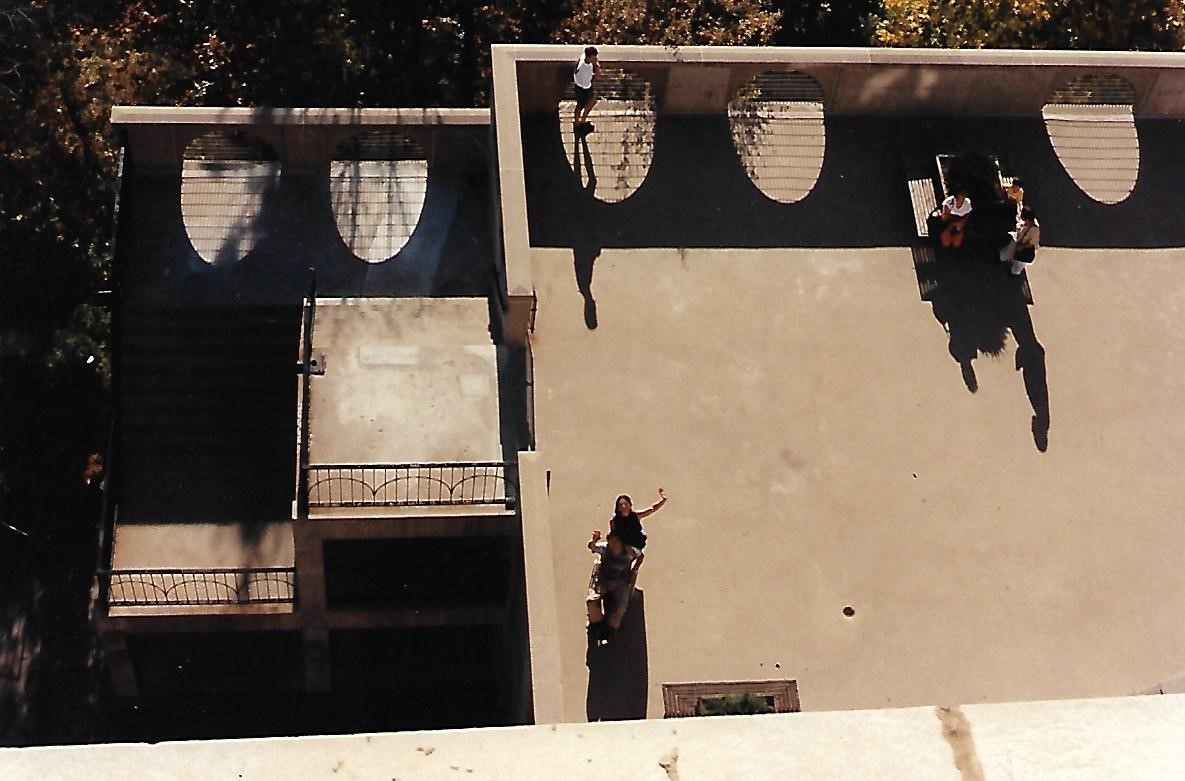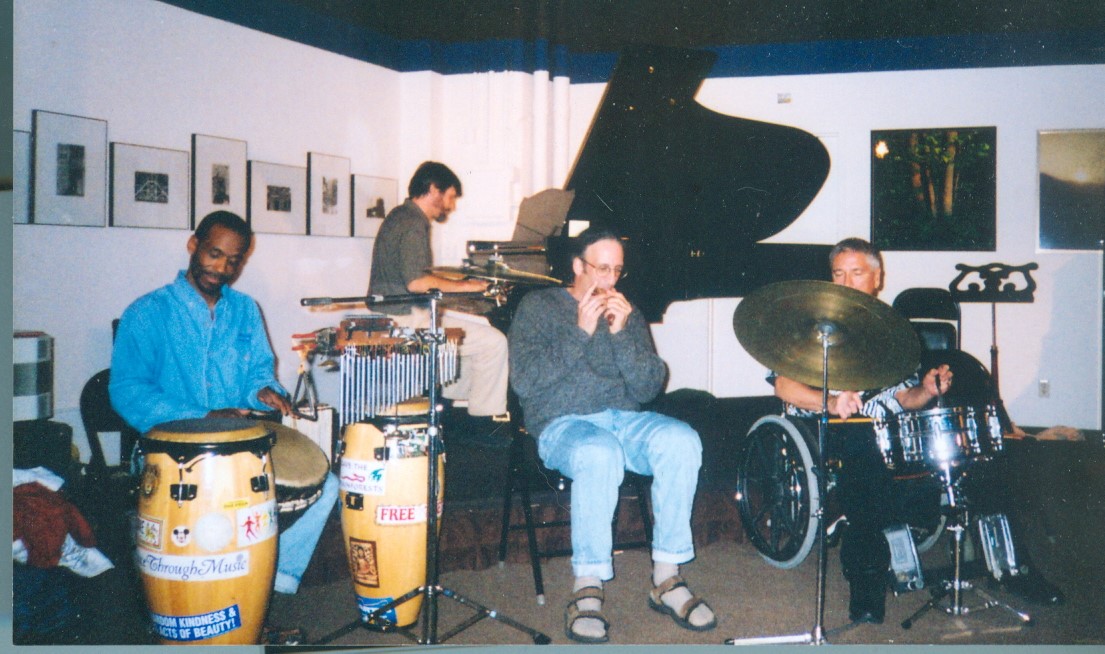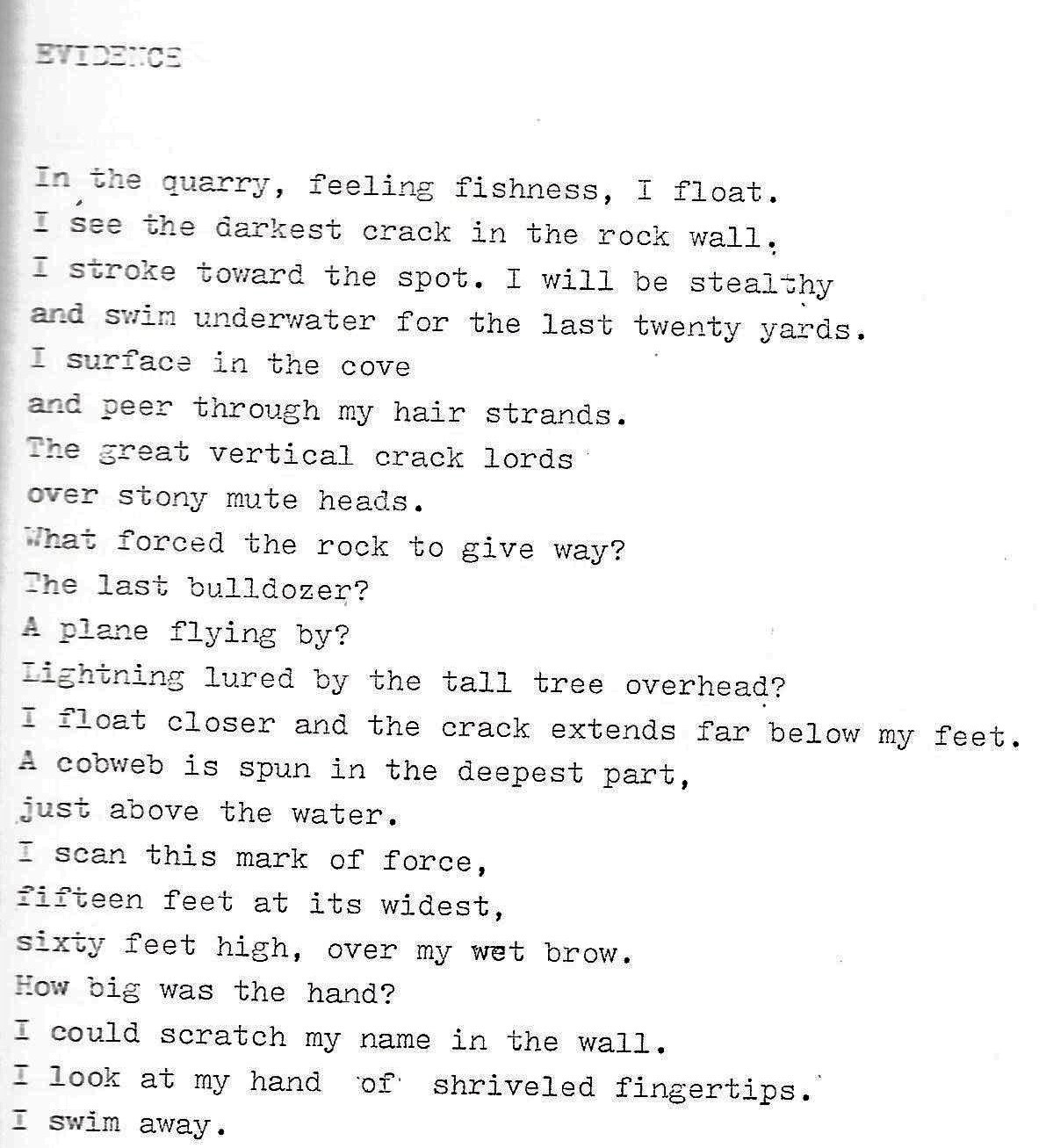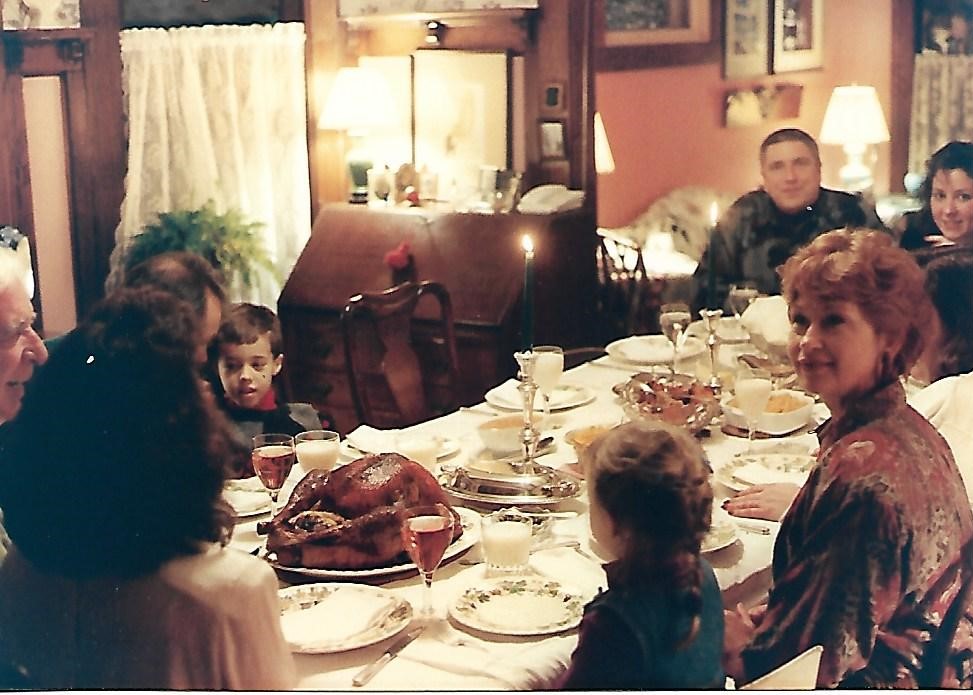
Timothy Chalamet as Bob Dylan. WSJ
Film review: A Complete Unknown Directed by James Mangold
I had been moved to tears by movies plenty of times, but this time Bob Dylan made me wonder through a stethoscope to his heart. I’m not surprised – I like countless others have been moved and inspired by his work often. But here we get so many songs (though fragments) performed live superbly, all by the actors, often with Monica Barbaro as Joan Baez, Dylan’s itinerant lover and devotee. As Dylan, Timothy Chalamet molds a searingly tender, combustible chemistry with her. So, I felt generous. Chalamet’s winningly convincing interpretations stand up well to one’s innate memories of the material.
The cumulative effect on my psyche was magnified literally by being forced with incorrectly administered seat tickets to the theater’s first row, where the view proved almost painfully panoramic (but not too loud!). So, song piled upon song, 32 in total, triggers aplenty. That’s admitting plenty of subjectivity but it’s a primary effect of the film given that its subject is our greatest singer-bard, the perpetually scruffy Nobel laureate adored by cultured masses.
The film’s 73% Rotten Tomatoes score doesn’t surprise me, upon reflection. My biggest problem is feeling cheated by those countless flirtations with his greatness fully embodied in a very attractive actor. Imagine hearing one “live” chorus of Like a Rolling Stone in such a provocatively manipulative context. It’s only arguably the greatest rock
song of its times. Director James Mangold shoulda let loose at lease this once.

Monica Barbaro (Joan Baez) and Timothy Chalamet’s chemistry are hard to miss in “A Complete Unknown.” The New Yorker
Also, it’s a fairly conventional if swiftly-crafted biopic — given what it jam-packs in — sticking to romantic conventions of artistic drama and relations. The title is apt in that a 19-year-old Minnesotan hits upon the Greenwich village folk scene like a hellion outlaw brandishing a six-string.
He hits women the same way: Barbaro and Elle Fanning’s bohemian artist Sylvie Russo (a renaming of the historic Suze Rotolo, Dylan’s Freewheeling album cover girl) are proverbial moths around the flickering flame, artistically distracted as he often was. And a fleeting Mavis Staples (Laura Kariuki) declares that she “loves him” upon just meeting him, a scene whose brevity insults that magnificently talented woman. On the other hand, Doe-eyed Fanning especially bleeds pure poignance as she eyes Dylan and Baez making musical love in public.

Elle Fanning and Timothy Chalamet mirror a famous album cover “Freewheeling Bob Dylan” in this scene from “A Complete Unkown.” WTYE
The New York folk scene seems thirsty for a visionary artist — Edward Norton’s obsequious Pete Seeger is about six-proof banjo swizzle, a bit too hopped-up hootenanny, while Dylan is raw flesh and blood — an id, ego and alienated conscience in naked array, an incendiary harbinger and miked-up rebel perfectly attuned to the changin’ times. Pete knows this right away, too.
So does Johnny Cash (Boyd Holbrook) in this telling. But the man in black reportedly was a back-stage run blocker for the diminutive Dylan through the hysteria and naysayers. And, of course, they sounded like long-lost brothers on “Girl from the North Country” on Nashville Skyline.
Remember this is a liberal interpretation of a man, a sped-up, almost shrink-wrapped narrative and I can’t argue with critics who assert it fails to capture “the real” Dylan, quintessentially elusive, better than any other such films.
His relationship with his dying idol Woody Guthrie (Scoot McNairy) is the dramatic linchpin and here Mangold almost overplays, letting things ride for several almost agonizing powerful encounters with the preternaturally eloquent activist Guthrie, reduced to muteness by Huntington’s disease.
“Hey, hey Woody Guthrie I wrote you a song.” He and Seeger are transfixed by the “complete unknown” strumming at his bedside.
This is besides the fact the film really climaxes naturally when Dylan infamously ”goes electric” at the Newport Folk Festival in 1964 and a lovingly aghast Seeger does his Paul Bunyan routine. The Butterfield Blues Band’s key role in that event also seems trimmed, at best. Yes, he’s probably a genius, but after all, Dylan “plugged in” alone isn’t much a of relevation.

The real Bob Dylan (right) with the Butterfield Blues Band at the Newport Folk Festival. New England Public Media
I may sound like I didn’t enjoy the film nearly as much as I did. I’m kind of picking over the stray seams. Nevertheless, I stand in awe of what Dylan accomplished in five years. Try reading his Joycean liner notes, or his novella Tarantula — during that period — to get a feel for how he emitted pure poetics, almost like his cold Minnesota breath.
These performances and songs transcend flaws and, I repeat, the film’s impact was stupendous for this “Dylanophile.”
Really? I not sure I think of myself quite in those terms, but soon I’ll be cueing up those early Columbia sides, bringing it all back home, the sure sign of a performer’s triumph.






